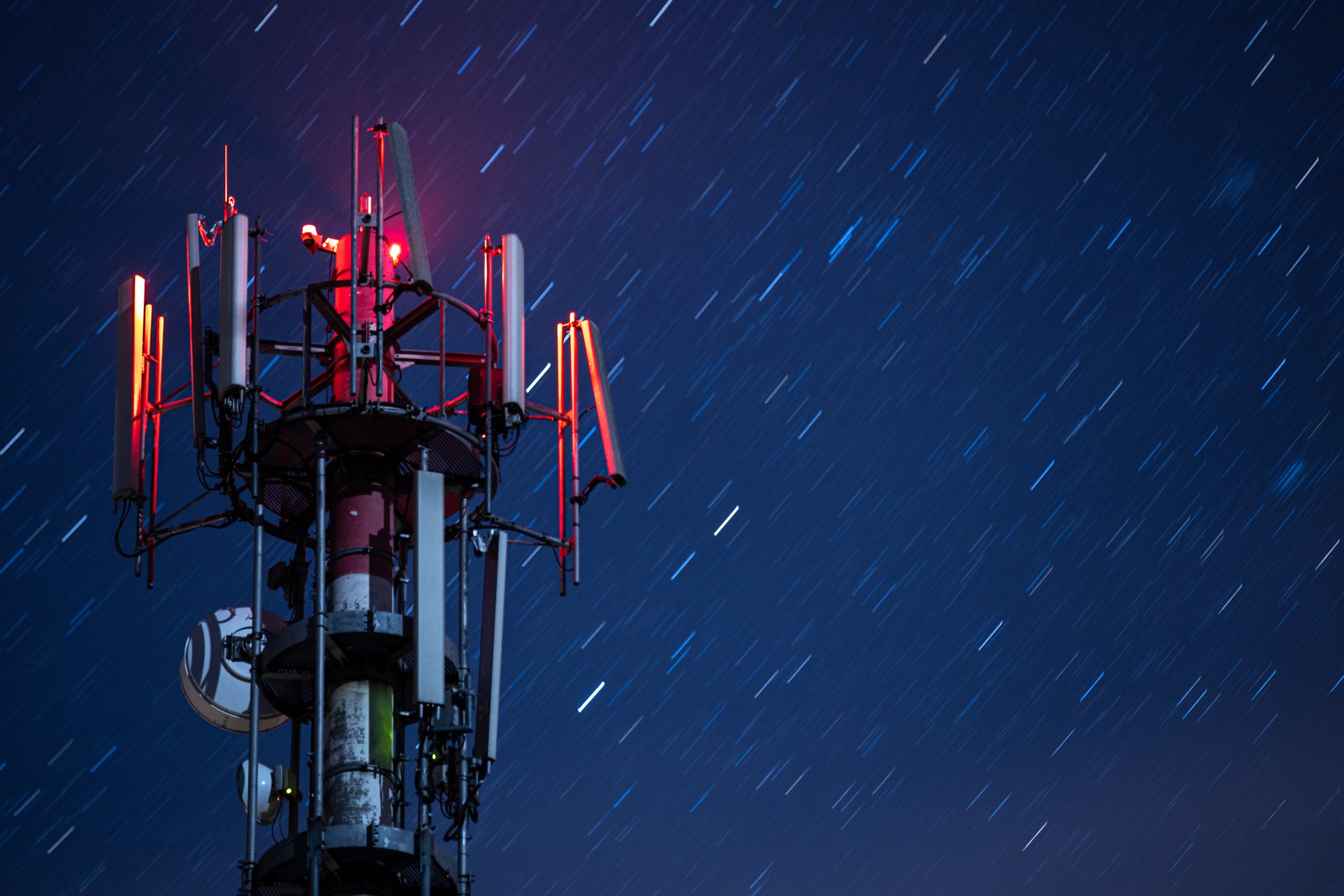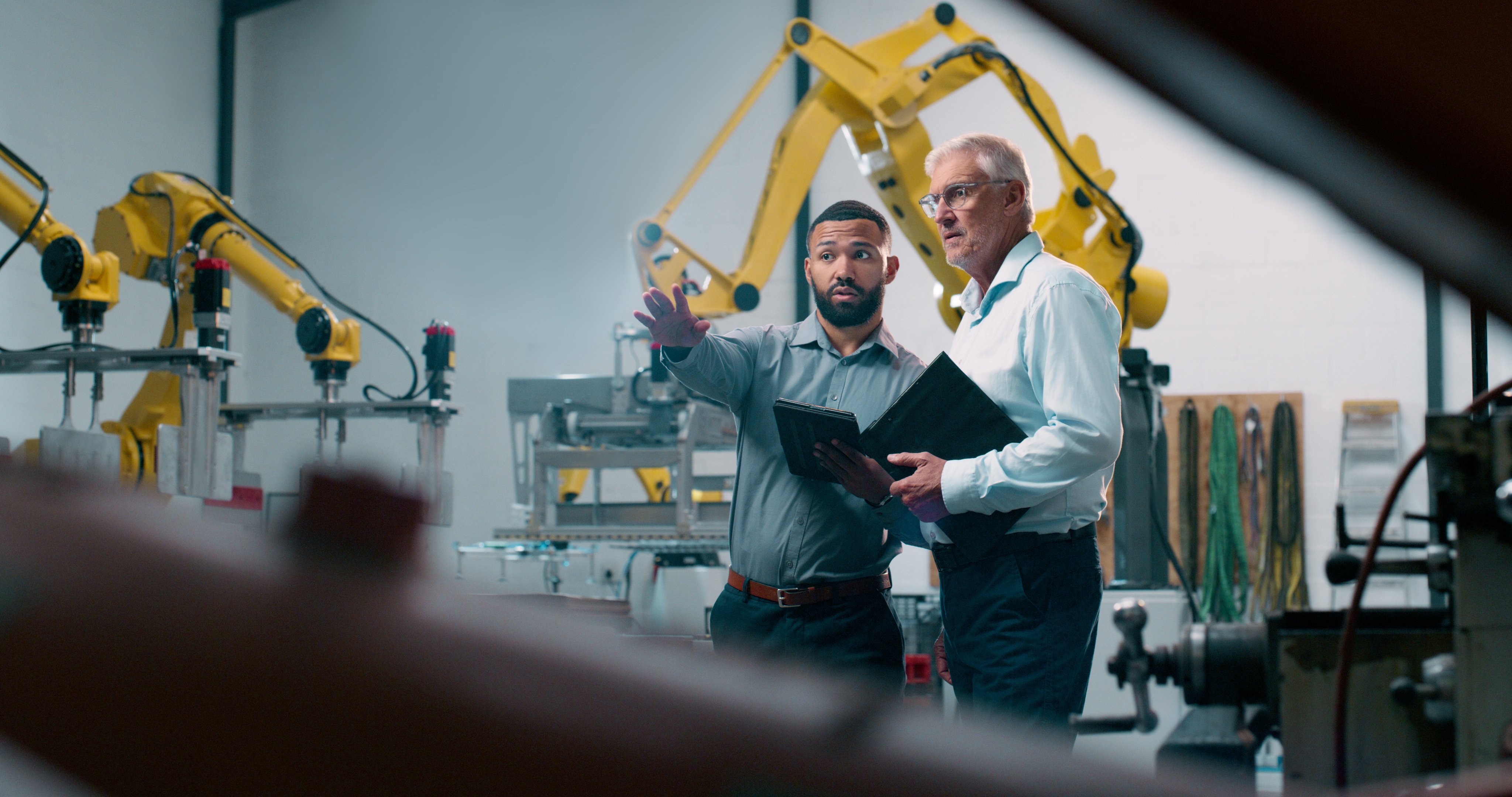
- December 2025 (1)
- November 2025 (2)
- October 2025 (3)
- September 2025 (3)
- August 2025 (3)
- July 2025 (2)
- June 2025 (3)
- May 2025 (3)
- April 2025 (3)
- March 2025 (2)
- February 2025 (1)
- December 2024 (2)
- November 2024 (1)
- August 2024 (2)
- June 2024 (3)
- May 2024 (3)
- April 2024 (1)
- March 2024 (3)
- February 2024 (2)
- January 2024 (2)
- December 2023 (1)
- November 2023 (2)
- October 2023 (2)
- September 2023 (1)
- August 2023 (1)
- July 2023 (2)
- June 2023 (3)
- May 2023 (2)
- March 2023 (4)
- January 2023 (2)
- November 2022 (2)
- September 2022 (1)
- August 2022 (2)
- July 2022 (2)
- June 2022 (1)
- May 2022 (1)
- April 2022 (3)
- March 2022 (1)
- February 2022 (3)
- January 2022 (2)
- December 2021 (1)
- November 2021 (1)
- October 2021 (2)
- September 2021 (3)
- August 2021 (1)
- July 2021 (3)
- May 2021 (2)
- April 2021 (2)
- March 2021 (2)
- February 2021 (3)
- January 2021 (3)
- December 2020 (1)
- October 2020 (1)
- August 2020 (1)
- August 2019 (1)
- January 2019 (2)
- September 2018 (5)
- June 2018 (1)
- November 2017 (1)
- September 2017 (1)
- July 2017 (1)
- May 2017 (1)
- January 2017 (1)
- October 2016 (2)
- August 2016 (1)
- July 2016 (1)
- June 2016 (1)
Subscribe by email
Adoption of the internet of things is growing exponentially across many sectors, and that includes retail. In fact, over 70% of North American retailers have expressed an interest in reinventing their supply chain with IoT-enabled solutions. When you think of the hundreds of thousands of retail stores in the US alone, this accounts for a tremendous opportunity. By 2024, IoT in retail is expected to grow to greater than $35 billion, according to Global Market Insights. Here’s how retailers are leveraging the power of IoT and where we see the industry heading in the near future.
How Is IoT Transforming Retail?
It’s hard to imagine a time before IoT. From smart homes to IoT-enabled businesses, it’s easy to see the benefits of using this technology. These benefits are especially clear in retail. The internet of things provides insights that have completely shifted the retail paradigm, changing everything from consumer targeting and communication to product sales to the transportation of products and inventory management. IoT is transforming the retail industry from production to purchase and every step in between.
Benefits of IoT in Retail
Retailers can experience increases in efficiency and profitability using IoT in various ways. Here are some of the areas where retail can benefit most from the IoT and where we’re seeing the most significant impacts today.
Improved customer experience
IoT can monumentally improve the overall customer experience. There are many examples that demonstrate this, including automated checkout opportunities and integration with a messaging platform and order system to simplify and shorten the order process.
Increased efficiency in transportation and logistics
From vehicle maintenance efficiencies to safety improvements to reducing environmental impacts, IoT is enabling significant improvements in transportation and logistics. The benefits include a reduced time to market, increased customer satisfaction, improved profitability, and a lower carbon footprint.
Easier inventory management
Gone are the days when companies need to shut down for days to manually track inventory. Inventory is much easier for IoT-enabled retailers. With IoT, products can be tracked from the manufacturer through delivery, stocking, and purchase so companies have a complete line of sight to all inventory.
Operational efficiency
A lot goes on behind the scenes in retail to bring products to consumers. The internet of things can automate a variety of functions, optimizing temperature control, improving maintenance, and managing the warehouse. As a result, businesses are able to reduce costs and boost profitability.
6 Examples of IoT in Retail
There are many different examples of how IoT is transforming retail. Here is a sampling of some of the gains from IoT we’ve seen in the retail industry that we’re the most excited about.
- Commercial HVAC — Zipit partners with a large HVAC and electrical services company to provide wireless connectivity. Their services are used for any smart building, including retail stores, restaurants, and others.
- Digital displays — BrightSign offers cloud-based digital signage networking solutions and management that serve businesses in any industry.
- Mobile point-of-sale devices — Zipit works with Lucas POS on their point-of-sale devices located in retail stores to provide reliable connectivity for their products and services that support their customer’s changing needs.
- Customized customer targeting alerts — Beacons allow retailers to send timely mobile device notifications to users who opt-in, advertising discounts, special events, and more.
- Smart shelves — Smart shelves use RFID tags, RFID readers and antennas to track inventory send alerts whenever inventory is running low or an item is placed on a shelf incorrectly.
- Robots — Store robots can be used for anything from security to helping customers locate products.
The Future of IoT in Retail
The future is certainly bright for retail, and leveraging the power of IoT will empower retailers to better serve customers and streamline operations. Here are some of the opportunities that we are most excited about when we consider the future of IoT in retail.
Increasing customer focus
IoT produces a lot of data, providing incredible insights into the needs, desires, and behaviors of customers. Retail businesses can leverage this data to better understand customers to improve the customer experience and for product development purposes.
Improving ways to address labor shortages
Who isn’t talking about “the great migration” and the labor shortage right now? It’s a tremendous issue across all industries, and the retail industry has been disproportionately impacted. IoT can help to reduce the impact of the labor shortage by increasing automation while reducing the reliance on staffing for routine, manual tasks.
Advancing in food safety
IoT can be used to reduce food spoilage and deterioration in retail groceries and restaurants by monitoring storage room temperatures. Reducing the waste of perishable goods translates directly to a better bottom line.
Optimizing supply chain and logistics
IoT will continue to increase visibility and enable improvements in supply chain operations, inventory management, transportation, and logistics. The opportunities are endless to increase efficiencies and reduce waste while improving customer satisfaction.
How Zipit Helps Retail Companies Stay Connected With IoT
Zipit supports retail businesses and those that serve them by leveraging premier networks to support IoT initiatives most effectively, including tier-one carrier connectivity globally from all of the top cellular service providers. Using Zipit’s sophisticated and intuitive multi-carrier platform for managing device connections, billing, and more, companies can easily manage their IoT-enabled business and take advantage of all that IoT has to offer.
Want to know more about Zipit’s robust yet intuitive IoT platform to connect and monetize IoT solutions for the retail industry? Contact us to discuss your company's unique needs. We’re happy to offer insights based on our extensive experience.
You might also like:
Related Content
The latest IoT insights and platform updates from Zipit.
As billions of connected devices continue to shape modern life, IoT manufacturers ...
The Internet of Things (IoT) is transforming how businesses operate, compete, and ...
IoT asset tracking unlocks real-time awareness, predictive power, and operational ...


